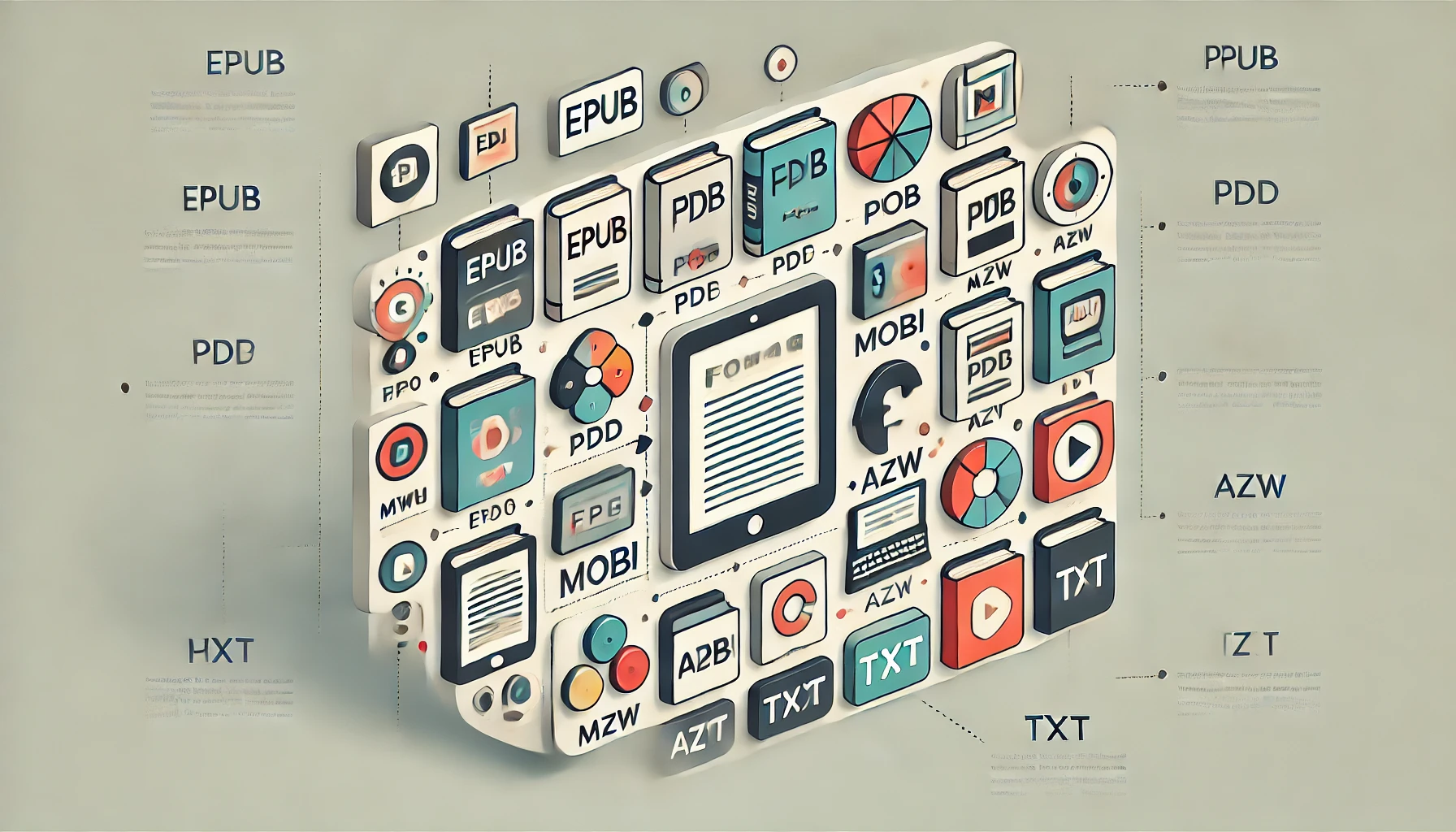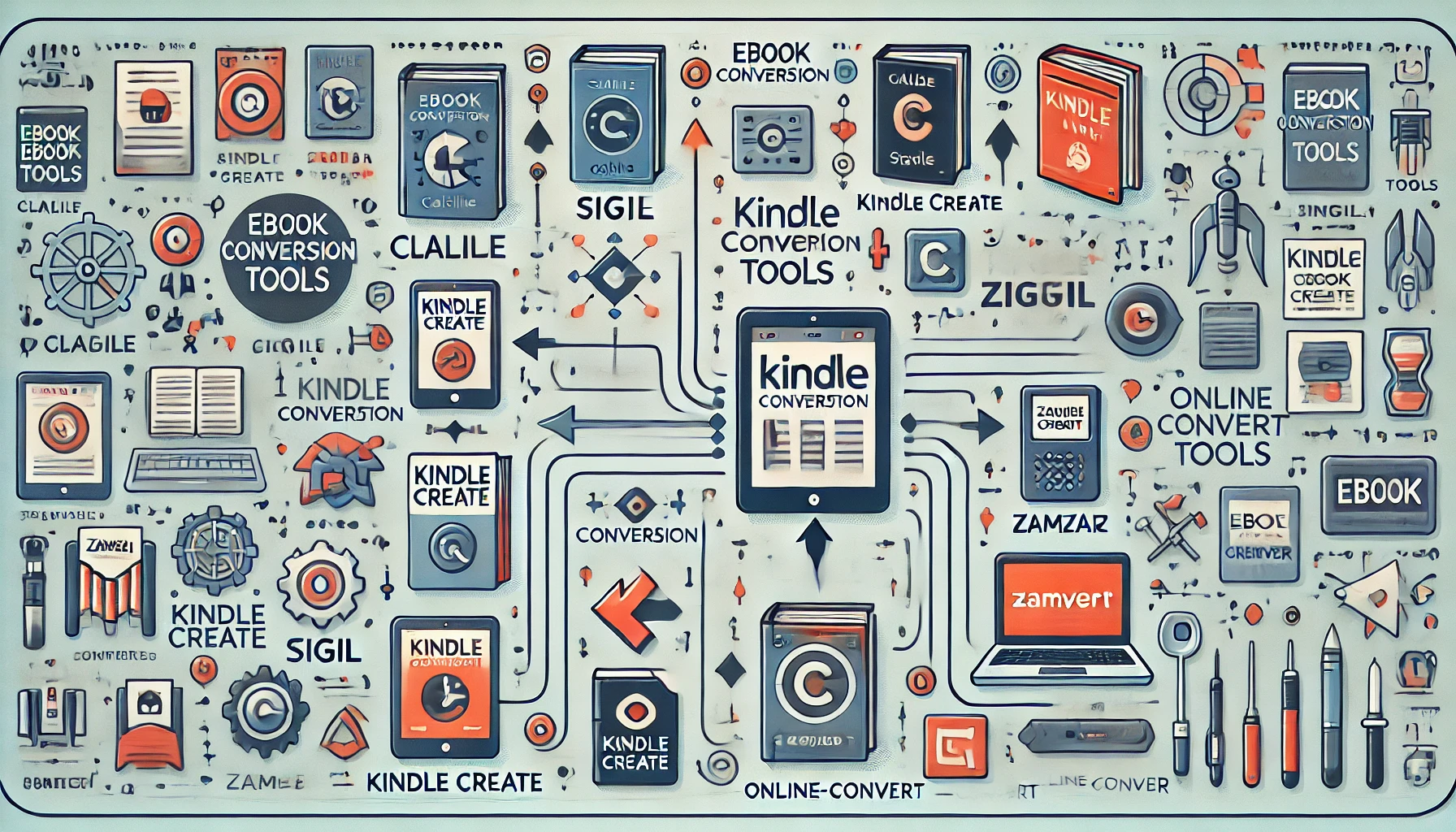
As we proceed into 2024, the eBook market continues to evolve rapidly, driven by advancing technology and changing consumer preferences. More than ever, publishers and independent authors recognize the significance of adapting to digital formats to reach a wider audience and meet the diverse needs of modern readers. The shift towards digital is essential in today’s globalized world, where digital accessibility can significantly enhance distribution and readership.
This guide explores the critical elements of eBook conversion, including current formats, emerging trends, top tools, and best practices to ensure your digital publications stand out. By embracing these developments, publishers can cater to a tech-savvy audience while expanding their market presence. As the digital reading landscape changes, staying updated with the latest trends and technologies is crucial. This comprehensive guide will equip you with the knowledge and tools necessary for successful eBook publishing in the digital age.

Understanding the various eBook formats is crucial for targeting the right audience. The three most popular formats include EPUB, MOBI, and PDF. EPUB remains by far the most widely accepted standard. MOBI, although used for years by Amazon for all types of ebook layouts, is now used mainly for fixed-format Kindle designs. PDFs are famous for material requiring fixed layouts, such as academic texts and graphic-heavy books. Each format serves a distinct purpose, and choosing the right one can significantly impact your eBook’s accessibility and reader experience.
This year, several trends are reshaping eBook publishing:

The choice of eBook conversion tools can significantly affect the efficiency of producing quality eBooks. Leading software in 2024 includes:
To achieve the best results in eBook conversion, consider the following best practices:
Keeping pace with digital trends and adopting the best practices outlined in this guide will be essential for publishers and authors aiming for success in the eBook market in 2024. As technology advances and reader expectations shift, the need for adaptability in eBook production and distribution becomes increasingly crucial. Staying informed about the latest tools and techniques can empower authors and publishers to deliver high-quality content that meets the demands of today’s digital readers.
By embracing the new trends in interactivity and accessibility, your eBooks can stand out in a crowded market. Testing your eBooks on various devices ensures that all readers, regardless of their preferred platform, have a seamless and enjoyable reading experience. The digital publishing landscape is dynamic, and those who are proactive in their approach will likely see the most tremendous success. In conclusion, the future of eBook publishing is bright for those who commit to continuous learning and innovation in their craft.
